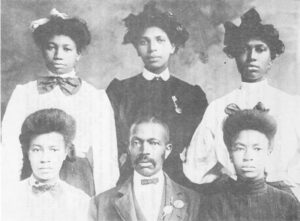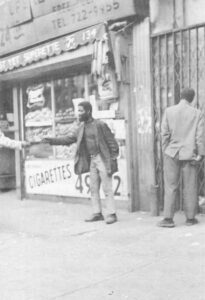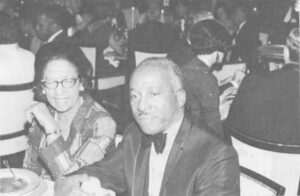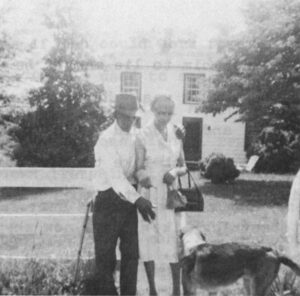The world is packed with good women.
To know them is a middle-class education.Oscar Wilde
Oscar Wilde wrote the above lines with sarcasm dripping from his pen, but I think that one can view this quote through a different lens and find, in its literal interpretation, that there is much to be said for it. Certainly the life of Nellie Jones Southall – who was nothing, if not “a good woman” – is one to be admired and praised. She was born on December 4, 1891, the daughter of Robert Shelton Jones and Caroline McDaniel, former slaves In Albemarle County and near to the beautiful Blue Ridge Mountains of Virginia. Her mother died in 1894, and she was raised by a strict and authoritarian father who wanted her and her four sisters (See Newsletter 1) to “amount to something.”


She attended the now defunct Albemarle Training Institute and then went on to Hampton institute, Hampton, Virginia where her older sister Rosa was matriculating. By 1912, she was through with Hampton and began to teach in Winton, North Carolina. After two years of teaching In North Carolina, she returned to Virginia and began to teach in the public schools of Greene County. It was more than just sentimentality that brought her back to Virginia.
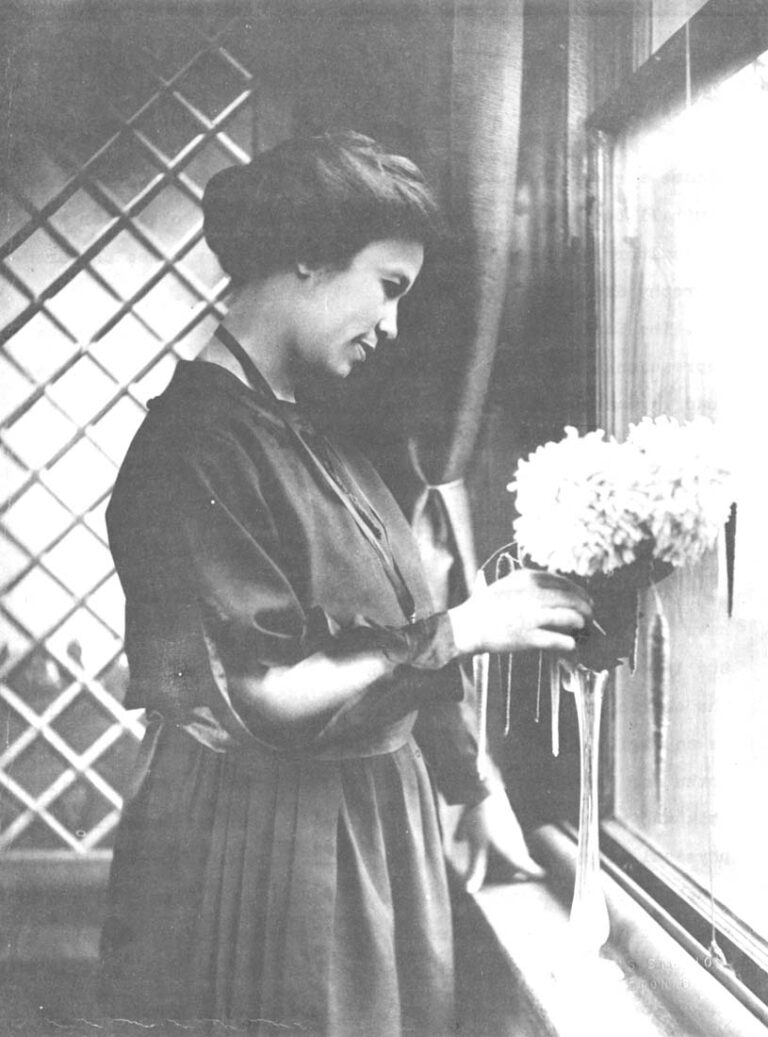
The sister
Rosa Jones Holloman (See Newsletter 1) Nellie’s older sister born November 7, 1888, seen here at her Washington, D.C. home in the 1930’s.
About 400 yards from where her father, Robert Shelton Jones had managed to acquire a bit of land and a house he grandly called “Maple Hill,” after slavery was abolished, lived the Southall family. Of special Interest to Nellie was John Winston Southall, the second of three children born on May 5, 1888 to John and Louisa Southall. Years later, John Southall would tell his children that he had always been in love with their mother since, as a boy of four, he could remember going to the Jones home to look at the new baby. According to Edward Brown, the only surviving cousin (See Newsletter 4), everyone in the rural community of Union Ridge expected these two to marry, and in 1915 they did. The setting was the Union Ridge Baptist Church, a white and green wooden building that still stands, and seems to be the only continuing physical link to a past that provided some bastions of security to a family that would travel far and accomplish much. It is obvious, too, that this couple, born In another century, realized the sustaining nourishment they received from those hills, those fields, that tiny church that faces route 631. For John and Nellie Southall, baptized In the Union Ridge Baptist Church In 1900 and 1904 respectively would return each year to the annual church reunion on the first Sunday In September.
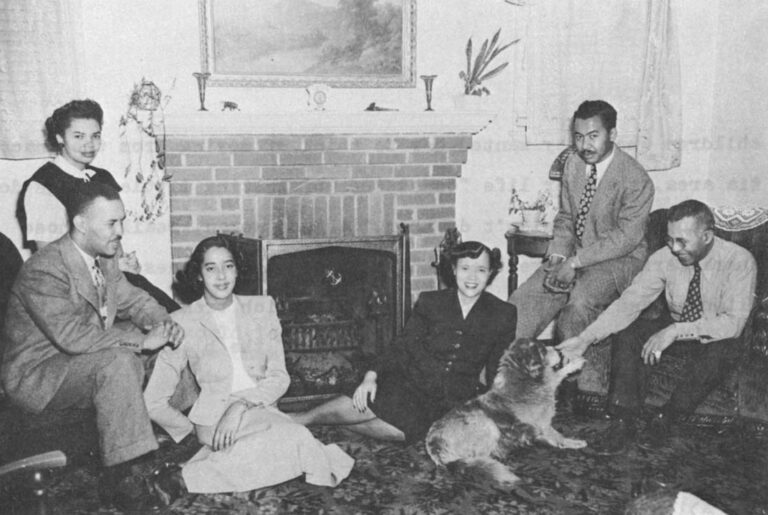
The family moved to the Anacostia area of Washington, D.C. in 1917. The area was rough and rural, and the living conditions were even more primitive than those the family had left In Virginia. Besides, John Southall had to take care of his mother, two nieces and later on, a sister-in-law. His own fami1y began to grow almost on arriving in Washington. A daughter, Dorothy, was born the year the Southalls settled in Washington, and then in fairly quick succession, Gordon, Jean and Barbara were born. The result of all this was that at the onset of the Depression, John Southall was the sole breadwinner for his wife, his wife’s sister, his mother and four young children.
They not only survived those years, but they came out of them with their dignity intact and the family together, Gordon Southall remembers that he hardly saw his father during those days: “Be would be out at work before I got up and when I went to bed at night, he was still working at another Jobs at odds and ends, at whatever he could find to do.” Southall’s problem was compounded by discrimination. He was after all, living in a Washington that provided black lawyers with the only opportunity they could find – sorting mail at the Post Offices He worked in a laundry, and then became a steam engineer for the District’s school system. Mrs. Southall became a licensed practical nurse and worked for a family of realtors in Washington until she had put her three children (Dorothy died in 1928) through college.
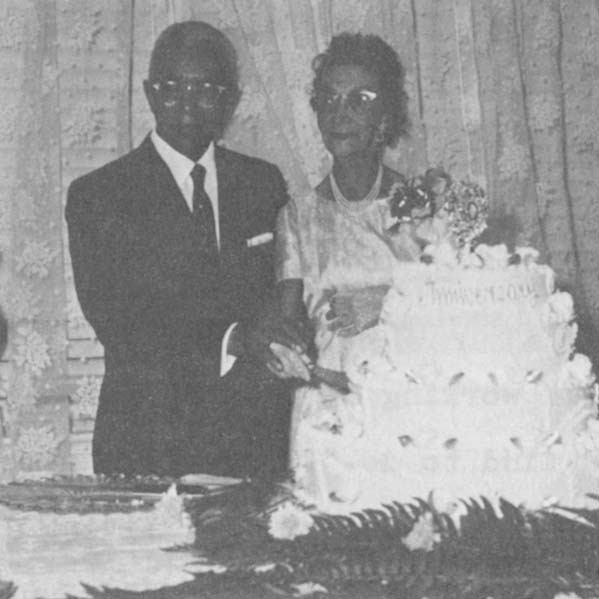
Fifty years later, the Southalls celebrate their wedding anniversary at their home in Washington, D.C.
The Southall’s rural background came in handy during the Depression. They had moved from Sheridan Road, S.E., to Sumner Road In Washington and they had been able to buy about an acre of land in this undeveloped section of Washington. There they planted corn, beans, potatoes and tomatoes; raised chickens and saw the Depression end with America’s entry Into the Second World War.
To the unobservant, John and Nellie Southall must seem to have been only simple, hard-working people. They were that, but the legacy they left can be found in the tenor of their lives and the character of their children. Gordon, retired from the Air Force is an employee of the Federal Government: his sister Jean also works for the Federal Government while Barbara lives in Philadelphia and works as the only black and only female supervisor of physical education In the Philadelphia school system. All of the Southall children went to Hampton Institute in Virginia; two of the Southall grandchildren are in exclusive private schools, while the other two are going through the after-college process of finding careers. There has been no flamboyant accomplishments no meteoric rise in this family; just the steady and sure accretion of achievement.
A recent visitor asked Barbara, now Mrs. Raymond S. Lee of Philadelphia, what legacy she thought her parents had left her, and this woman who has lived for 18 years in the very middle class section of Mt. Airy, closed her eyes for a minute and then said, “They gave all of us, a gift of self. We knew that we had to achieve. We knew that we had to do well. We knew that we were poor, that nothing must be wasted; certainly not your talent, your time, your opportunities.” And In Washington, D.C., Gordon Southall in answer to the same question, said: “My father and mother knew who they were. They understood that if they were really Christians, they would live by the Golden Rules and that their children would learn from example. When times were hard, we were not expected to groan, but to be thankful and to try harder. I guess our lives have always been like that. We just try a little harder when things get rough.”

The Devoted Christian
Nellie Jones Southall, as president of the Board of Deaconesses from 1934 to 1972, of the Matthews Memorial Baptist Church, Washington, D.C.
In speaking to the people who knew John Winston Southall (May 5, 1888 – January 22, 1971) and to Nellie Jones Southall (December 4, 1891 – September 5, 1972) one hears over and over again, words in praise of their devotion to each other, and to the “simple” pleasures of home, church and family. Southall who is reputed to have violently reprimanded his children only once when at 81 they took away his car keys, and he, fuming because he was beginning to feel useless, told them that he didn’t “appreciate their interference one damn bit,” was a gentle man who always said that the only thing he could leave his children was “character.” And Nellie Southall, faithful to her church and her God, told her children when they wanted her to think of moving from the Anacostia area, that her life “consisted of getting little things done for people who couldn’t do them.” A good woman, really, whose characteristics were the antitheses of the tightness, the social climbing and self-aggrandizement which trendy writers have always tried to hang around the necks of the black or white middle-class.
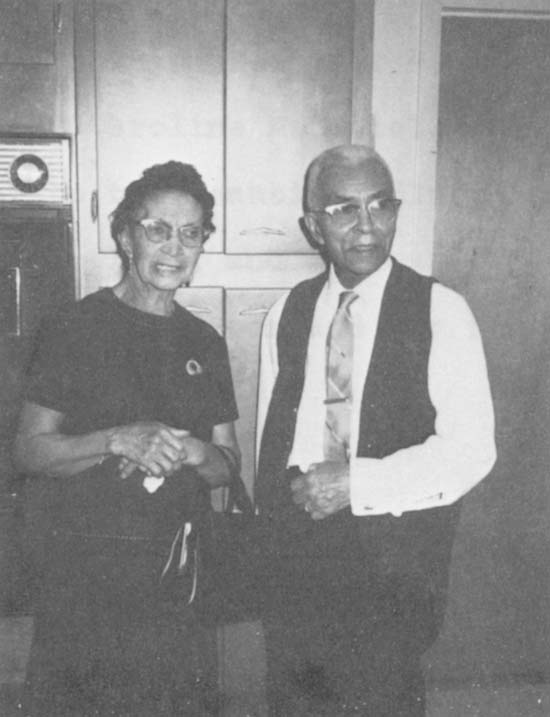
The Lovers
Taken the year before John Southall’s death on Jan., 22, 1971. His wife, Nellie died on September 5, 1972, ton yards from where he died.
Received in New York on December 9, 1974.
©1974 Orde Coombs
Orde Coombs, a freelance writer is an Alicia Patterson Foundation award winner. This article may be published with credit to Mr. Coombs and The Alicia Patterson Foundation.


